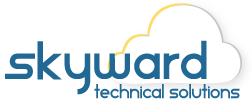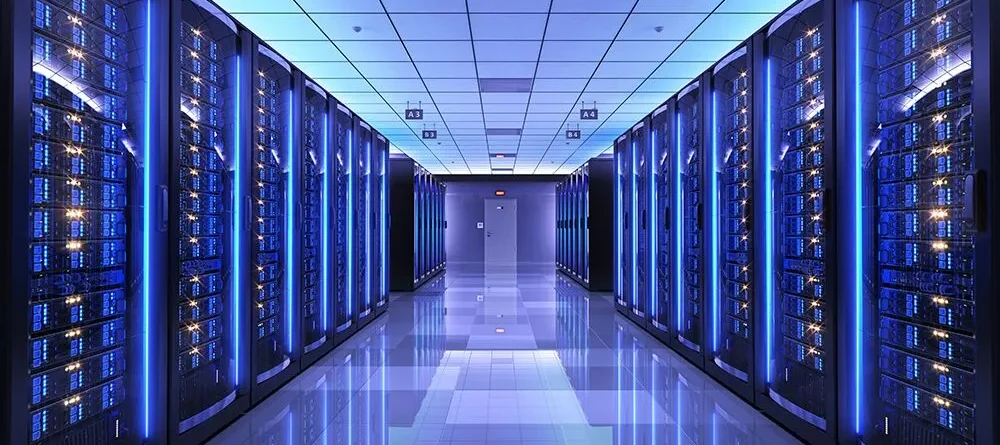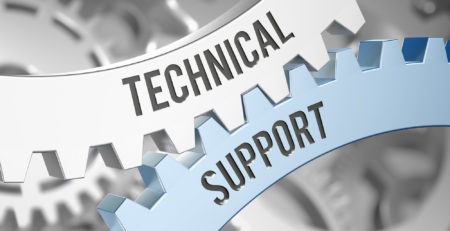Software-defined Data Centers (SDDCs): Exploring the Benefits
Businesses are constantly seeking ways to streamline operations and improve efficiency. Software-Defined Data Centers (SSDC) have been gaining significant traction.
Understanding SDDCs
An SDDC is a data center where all infrastructure is virtualized and delivered as a service. The three core components – compute, storage, and networking – are all controlled by software rather than hardware. This shift from hardware to software has revolutionized the way data centers operate, offering unprecedented flexibility and control.
1. Enhanced Flexibility
One of the key benefits of Software-Defined Data Centers is their flexibility. Because resources are virtualized, they can be allocated and de-allocated on demand. This allows businesses to respond quickly to changes in demand, scaling up or down as needed. This flexibility extends to all aspects of the data center, from server capacity to network configuration, enabling businesses to tailor their infrastructure to their specific needs.
2. Cost Efficiency
Software-Defined Data Centers can lead to significant cost savings. By reducing the need for physical hardware, businesses can save on capital expenditures. Additionally, the ability to pay for only the resources used can result in lower operational costs. This pay-as-you-go model can be particularly beneficial for small businesses, which often have limited IT budgets.
3. Improved Security
SDDCs can offer improved security. Because the infrastructure is software-based, security policies can be implemented at the application level. This allows for more granular control over access and can help prevent unauthorized access. Furthermore, because each application can be isolated in its own virtual environment, potential threats can be contained more effectively, reducing the risk of widespread damage.
4. Simplified Management
With an SDDC, management is simplified. Administrators can manage resources and services through a single interface, reducing the complexity and time required for management tasks. This centralized approach also provides greater visibility into the data center’s operations, making it easier to monitor performance and identify potential issues.
5. Greater Agility
SDDCs support rapid deployment of applications and services. This agility can give businesses a competitive edge, enabling them to bring new services to market more quickly. In addition, because resources can be provisioned and de-provisioned on demand, businesses can experiment with new technologies and strategies without making significant upfront investments.
6. Better Disaster Recovery
SDDCs can improve disaster recovery capabilities. Because data and applications are not tied to specific hardware, they can be moved more easily in the event of a disaster. This can result in less downtime and data loss. Moreover, because resources can be provisioned on demand, businesses can quickly scale up operations in a recovery site if necessary.
7. Future-Proof Your Business
Adopting an SDDC can help future-proof your business. As technology continues to evolve, businesses that can adapt quickly will have a competitive advantage. By decoupling hardware and software, SDDCs make it easier to integrate new technologies and services, ensuring your IT infrastructure can keep pace with the changing digital landscape.
SDDCs offer a range of benefits that can help businesses become more agile, efficient, and secure. As the digital landscape continues to evolve, the adoption of SDDCs is likely to increase, offering businesses a strategic advantage in the digital age.










Leave a Reply